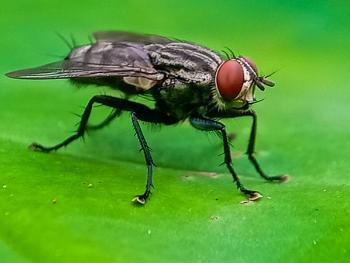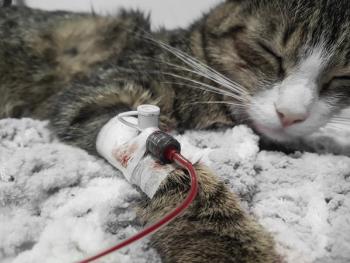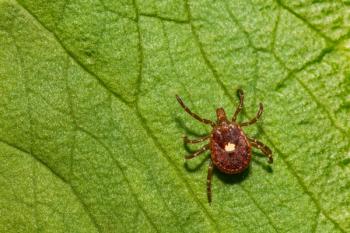
FDA Answers Common Questions About Using Antimicrobials in Bees
When the Veterinary Feed Directive rule change was announced, it sparked a lot of questions from veterinarians and beekeepers. Luckily, the FDA just released answers to the most common questions.
When the Food and Drug Administration (FDA) implemented a new Veterinary Feed Directive (VFD)
But veterinarians and beekeepers still had questions.
Luckily, the FDA created “
RELATED:
- Veterinary Beehive Exam: Step-by-Step
- Can You Become a Certified Bee Veterinarian?
The document goes through the 9 most commonly asked questions from beekeepers about the appropriate use of VFD and prescription drug products for bees. Detailed responses are available at
1. Which medically important antimicrobials are FDA-approved for therapeutic use in bees?
There are currently 11 applications approved by the FDA for use in bees that contain 1 of 3 medically important antimicrobials—oxytetracycline, tylosin, or lincomycin. Both veterinarians and beekeepers need to be aware of each.
2. How can a beekeeper access these approved drug products?
The only way a beekeeper can access any of the approved drugs is with a prescription or VFD from a licensed veterinarian.
3. What is the difference between a prescription and a VFD?
These are 2 distinct categories of new animal drugs. The major difference between them is that VFD drugs are administered through animal feed.
4. What is a Veterinary Feed Directive?
A VFD is a written statement from a licensed veterinarian ordering the use of one of the 11 drugs in or on an animal feed.
5. What is required for a VFD to be “lawful”?
Besides needing to be written by a licensed veterinarian, a VFD must be in compliance with all applicable veterinary licensing and practice requirements.
6. What constitutes a valid veterinary-client-patient relationship (VCPR)? Does this vary from state to state?
A VCPR means that the veterinarian can diagnose the bees and provide a VFD. This does vary from state to state, depending on whether the veterinarian is writing a prescription or VFD.
7. How long must prescriptions or VFDs be kept and who must keep them?
For a VFD, the veterinarian, client, and distributor must keep a copy of the order for 2 years.
8. What information is available on the FDA’s website that may be helpful to beekeepers or veterinarians providing services to beekeepers?
- Presentation on Medically Important Antimicrobials in Animal Agriculture — Honey Bees
- Brochures and videos for producers like beekeepers, veterinarians, and distributors on our Veterinary Feed Directive (VFD) page
- Guidance for Industry #120, “Veterinary Feed Directive Regulation Questions and Answers”
- Animal Drugs @ FDA
9. What other sources of information are available to beekeepers?
- The American Beekeeping Federation
- The American Veterinary Medical Association
- The Honey Bee Veterinarians Consortium
Newsletter
From exam room tips to practice management insights, get trusted veterinary news delivered straight to your inbox—subscribe to dvm360.




